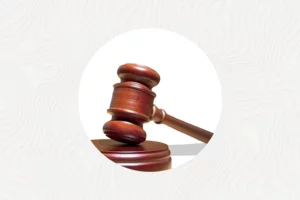The Environmental Protection Agency moved Friday to assign two “perpetually synthetic compounds” utilized in cookware
rugs and firefighting froths as unsafe substances, a stage that would make room for speedier cleanup of the poisonous mixtures,
- which have been connected to disease and other medical issues.
- Assignment as a risky substance under the supposed Superfund regulation doesn’t boycott the synthetic compounds.
- Yet, it expects that arrivals of PFOA and PFOS into soil or water be accounted for to government,
- state or ancestral authorities assuming they meet or surpass specific levels. The EPA could then expect cleanups to safeguard general wellbeing and recuperate cleanup costs.
PFOA and PFOS have been deliberately gotten rid of by U.S. makers however are still in restricted use and stay in the climate since they don’t corrupt over the long haul.
The mixtures are important for a bigger group of “everlastingly synthetic substances” known as PFAS that have been utilized in shopper items and industry since the 1940s.
The term is short for per-and polyfluoroalkyl substances, which have been utilized in nonstick searing container, water-repellent athletic equipment,
stain-safe mats, beauty care products and innumerable other customer items.
The synthetics can amass and persevere in the human body for significant stretches of time,
furthermore, proof from creature and human investigations demonstrates that openness to PFOA or PFOS might prompt disease or other medical conditions.
“Networks have experienced excessively lengthy openness to these eternity synthetic compounds,” EPA Administrator Michael Regan said in an explanation Friday.
“The activity reported today will further develop straightforwardness and advance EPA’s forceful endeavors to stand up to this contamination.”
Under the proposed rule, “EPA will both assist with shielding networks from PFAS contamination and look to consider polluters responsible for their activities,”
Regan said. The standard is supposed to become last one year from now.










More Stories
Pope Francis leads burial service for ancestor Benedict XVI, a first in quite a while
‘Groundbreaking’ development in a novel cancer therapy
Sovereign Abundance Authority puts new $100m in wellbeing area